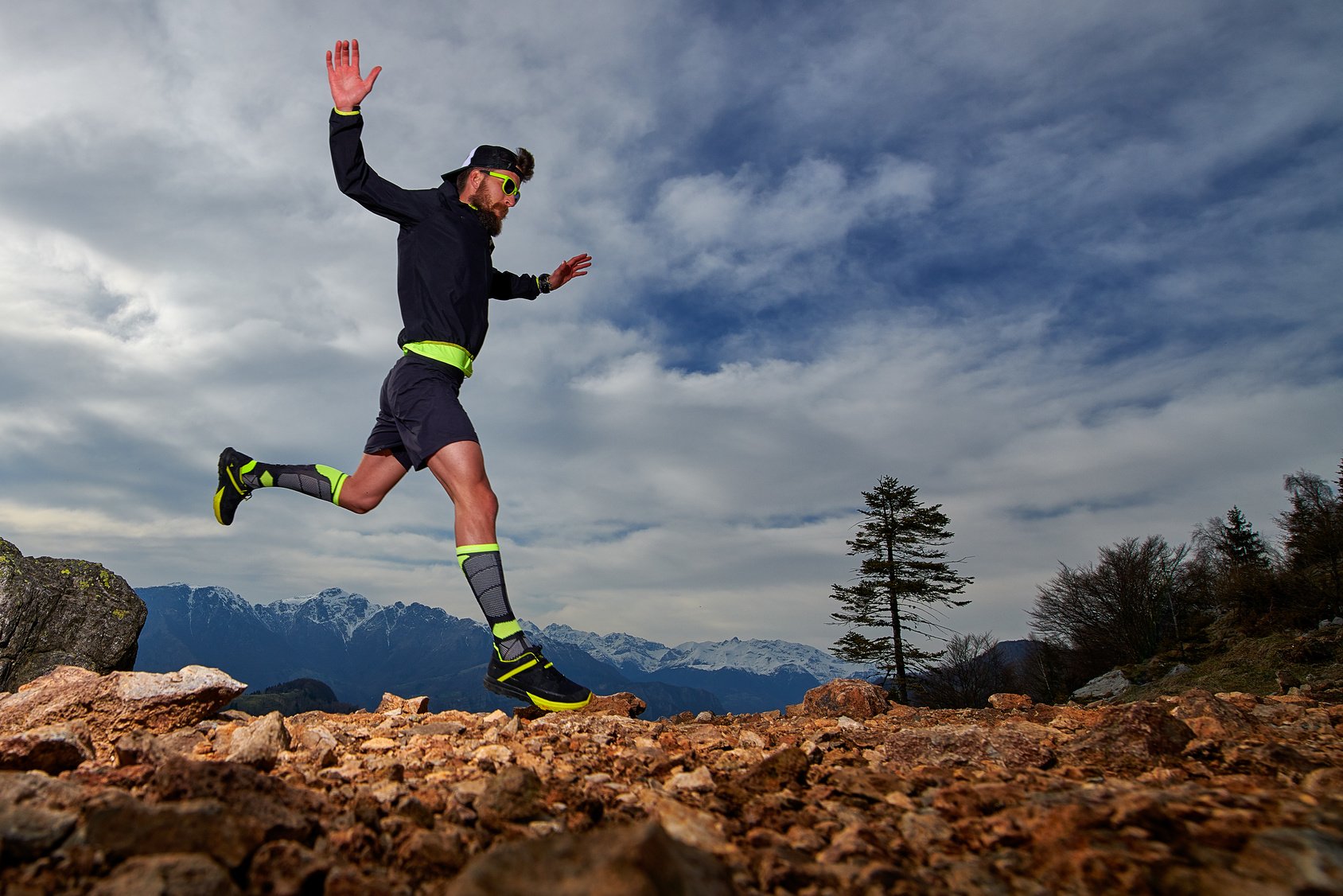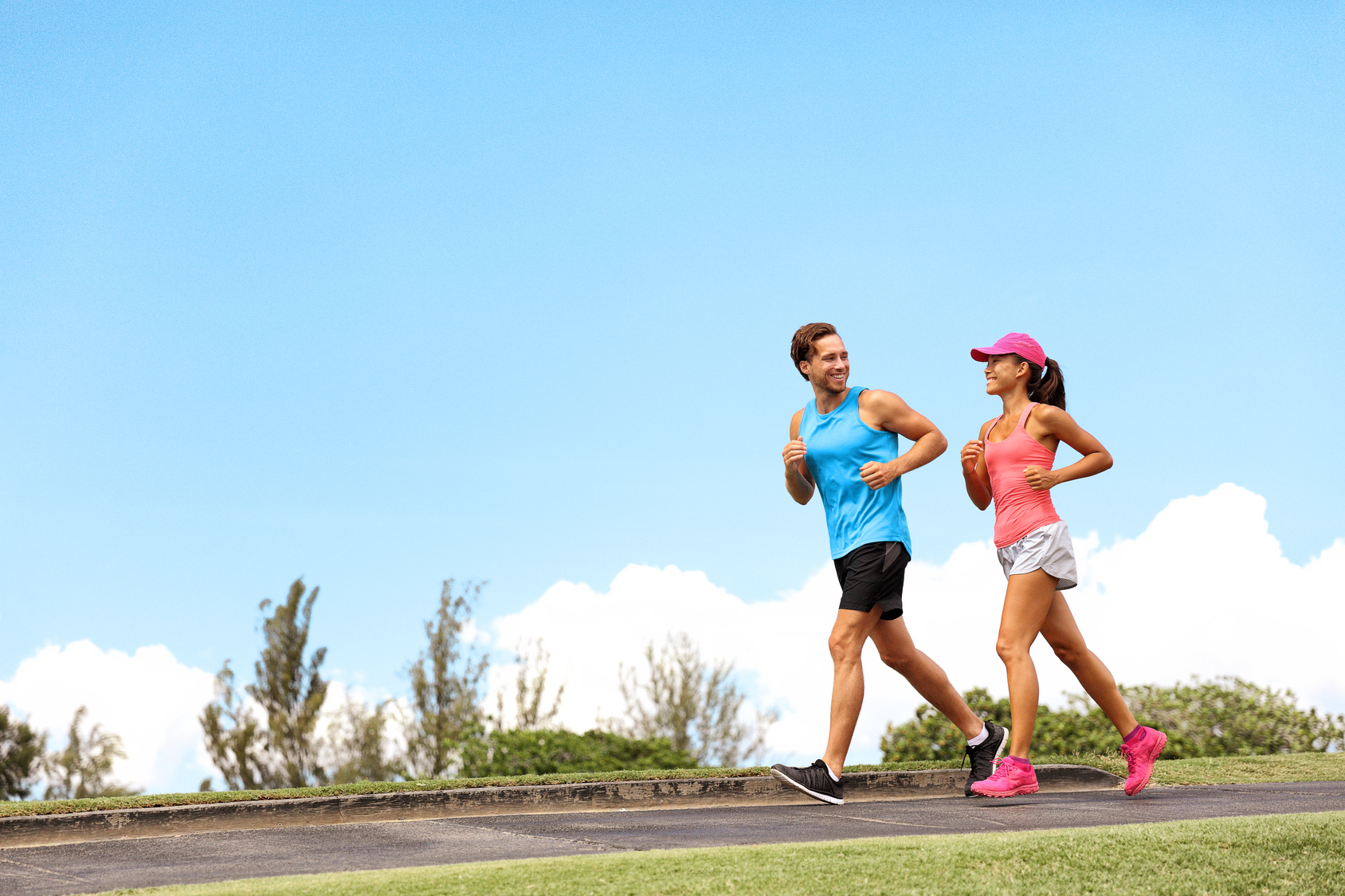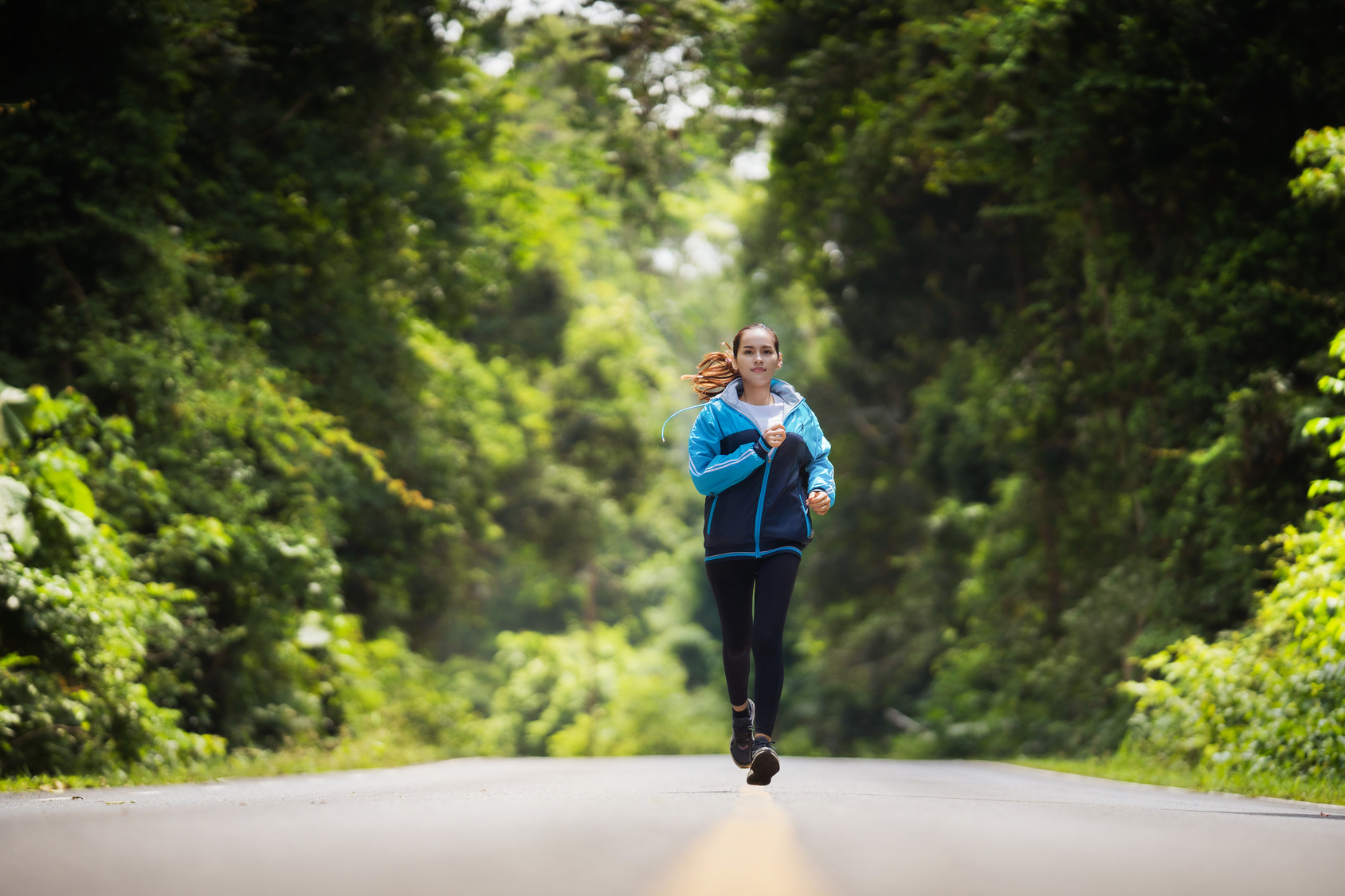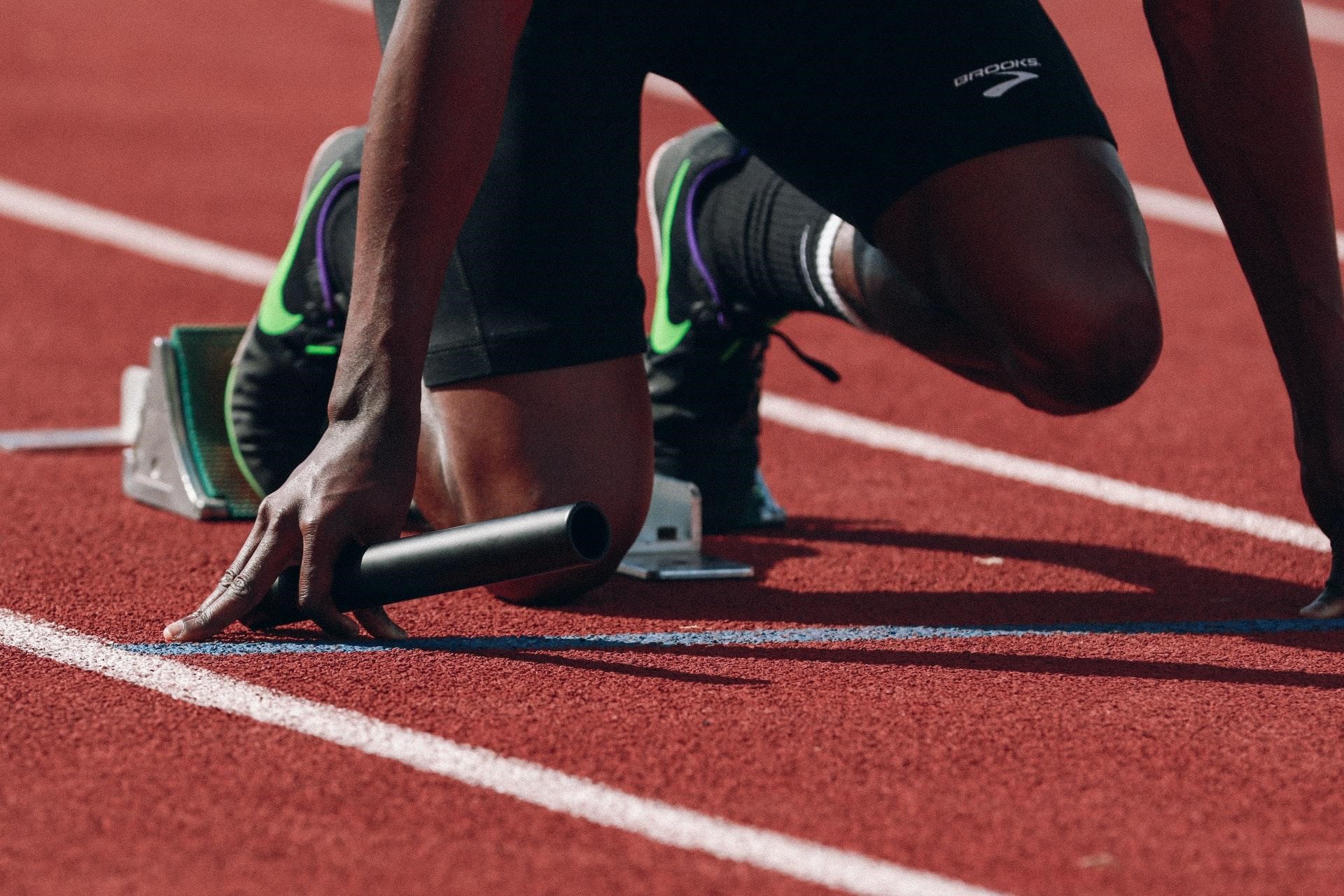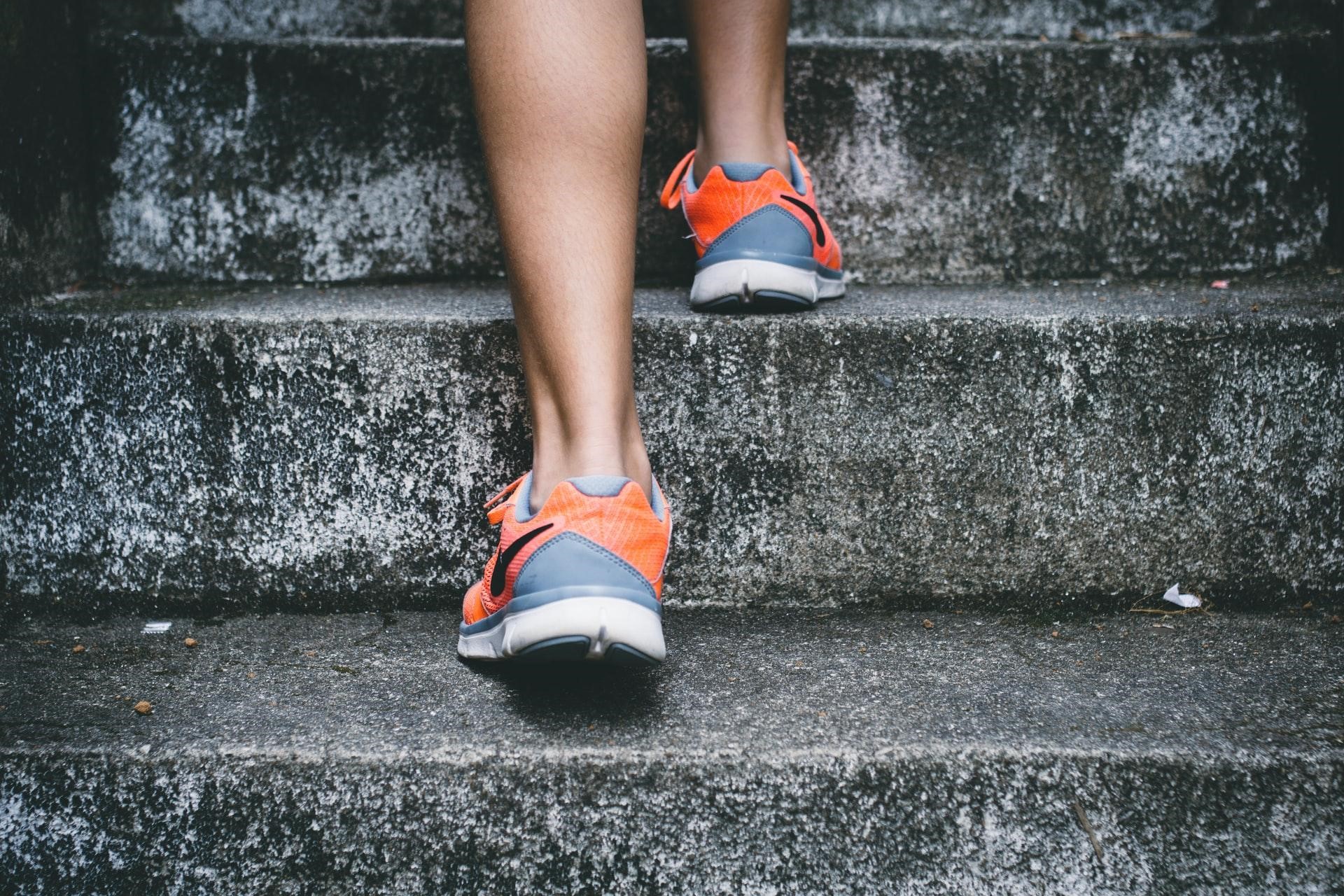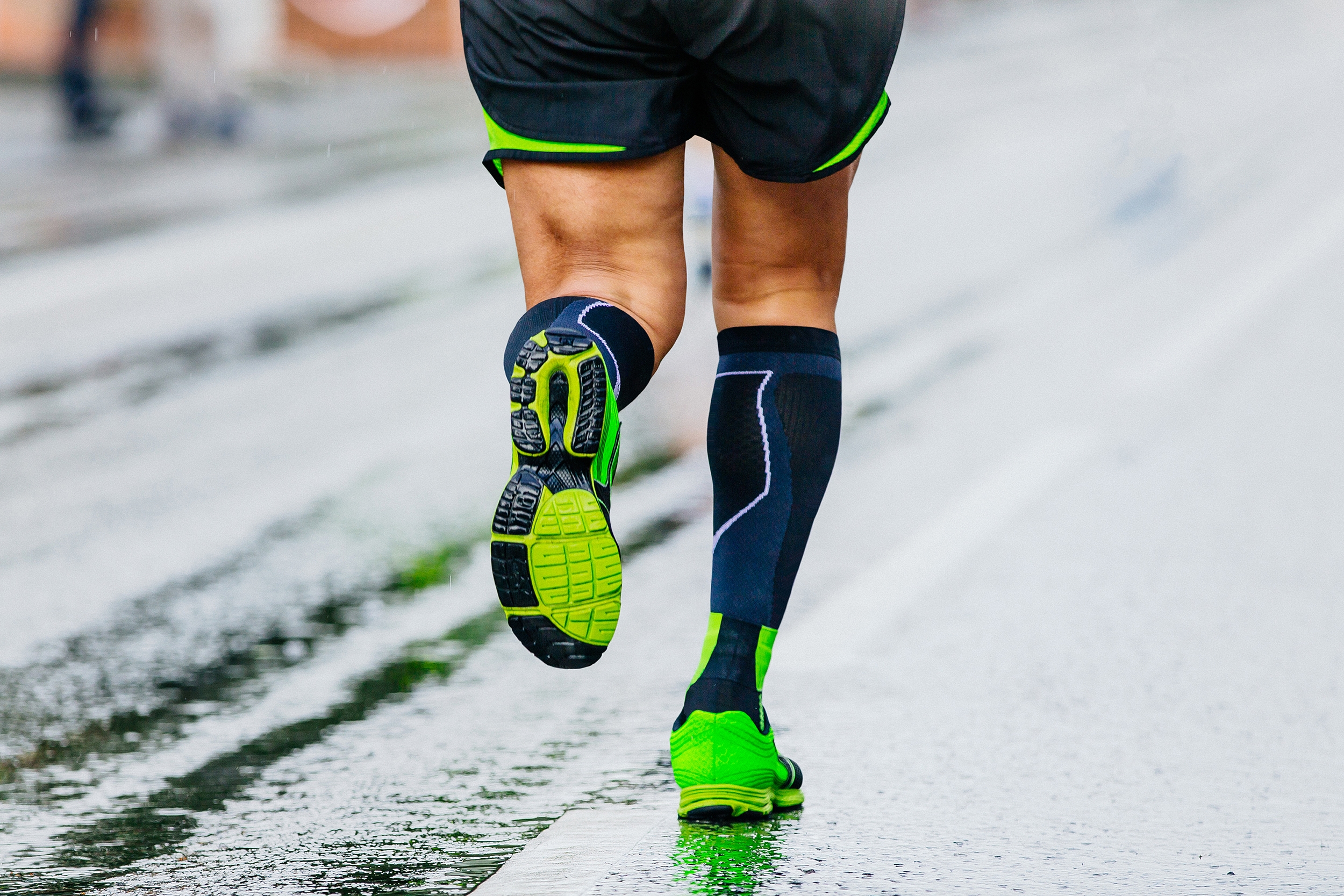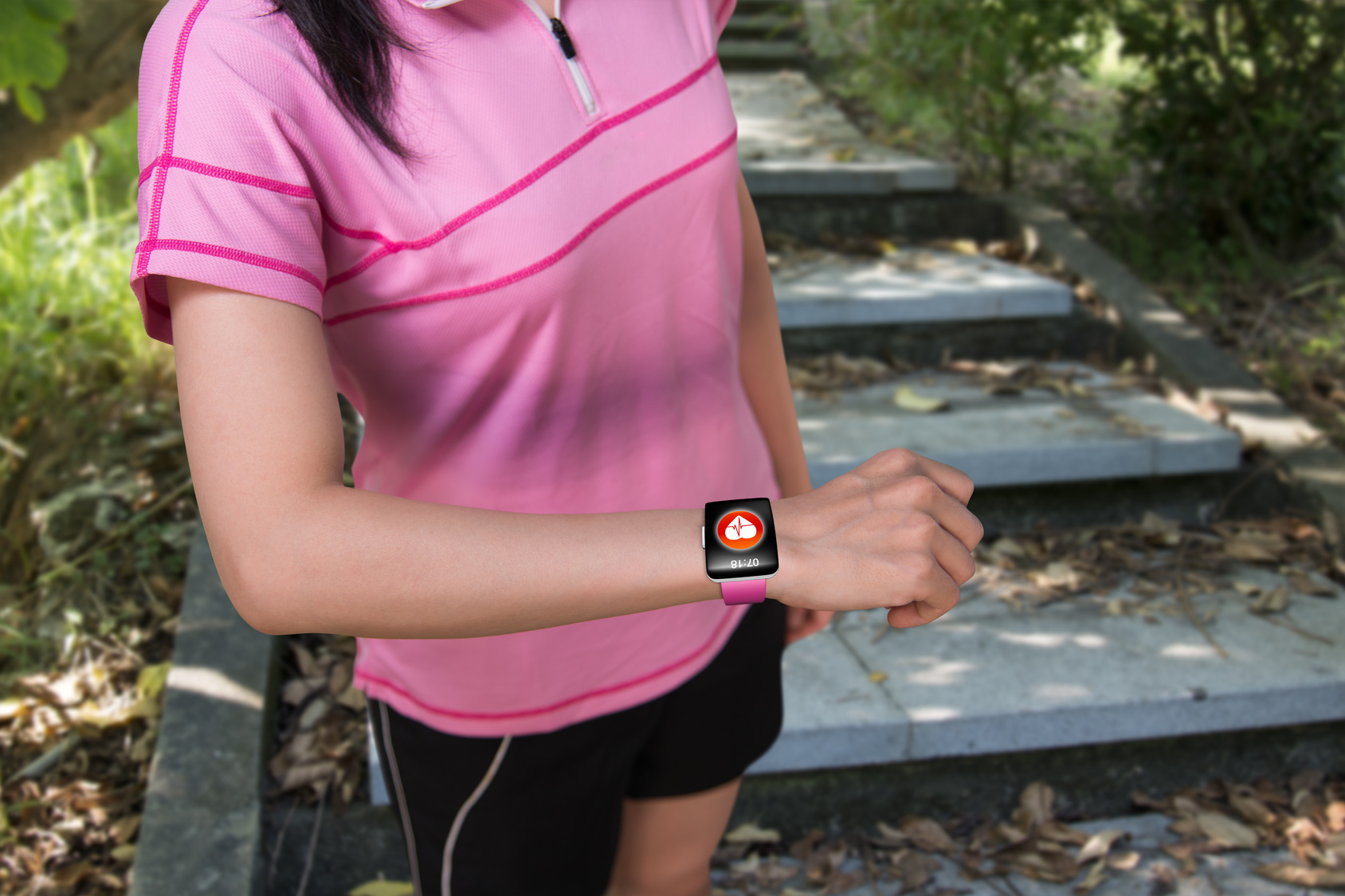**This a guest post by my friend Alina Boskar**
Running is a very beneficial physical activity that can improve both your physical and mental health. There is much evidence about its positive effect on sleep quality and body shape. Healthcare experts say that running can be very good for your knees and back as well as blood pressure. Moreover, it improves your immunity and cognitive function as well as reduces the risk of many types of cancer. Psychologists also state that runners have better mental health and a low risk of depression. And these are only some of the advantages of running.
But even realizing the positive influence of running on life is not always enough to start doing this activity regularly. So what are some other ways to motivate yourself for running if you are a busy student? Let’s consider them below!
Find motivation
- Delegate your homework
Naturally, it’s extremely difficult to find time for sports if you have a lot of assignments. Successful college students typically prioritize learning and often neglect other areas of their life. If you are also afraid of getting low grades but want to be active, then you should seek outside help. To delegate some of your tasks, you can turn to an essay writing service with writers that complete academic work according to your requirements. If you get rid of the obligation to write some boring papers, you’ll probably have more energy and desire to do fun physical activities, like running.
- Track your training
Tracking runs is also one of the most effective and easiest ways to stay motivated. Anytime your inner voice tells you to stop, you can remind yourself how much work you’ve already done. Looking at your previous achievements will inspire you to move on towards greater goals. If you always keep in mind your accomplishments, realizing what you are really capable of, you are less likely to give up when facing new challenges. To track your runs, download an app, like Strava, that measures your speed and distance.
- Set a challenge
For some people, external challenges are powerful motivators, while for others they don’t work at all. Maybe, you are one of those individuals that are driven by internal goals only. No matter what type of challenge you consider meaningful, find something that truly motivates you. This could be running faster, pushing your longest distance or even increasing the number of your runs per month. The point is to have a particular objective you’re aiming for. But note that your goal must be measurable and reasonable.
Here’s how long it takes to run 5 miles a day.
Start safely
There are many risk factors that you face while running. They occur due to different reasons. For instance, if you run beyond your current possibilities, you may have shin pain. Also, the incorrect technique can result in injury, and the wrong type of shoes can be a reason for blisters.
To stay healthy, it’s important to avoid risk factors and stick to the recommendations of healthcare experts. Check them below!
- Always warm up your body before running
Before you start your run, you should thoroughly stretch your leg muscles. It’s important to make it carefully and slowly so as not to harm yourself.
- Cool down after physical activity
Stretches can serve for both warmings up and cooling down. So you should incorporate them into your post running routine as well.
- Drink enough water
Consuming enough water before, during and after your run will help your body stay hydrated.
- Don’t push yourself too hard
Take into account your current level of skills and don’t make too much effort. Instead, increase your distance and speed gradually.
- Find your pace
Start running slowly so you feel comfortable. You shouldn’t be breathless.
- Relax your body
Muscles always get tight and sore after running. To relax them, consider having a professional massage or a sauna.
- Avoid roads
It’s not healthy to run near roads since inhaling vehicle exhaust fumes can result in serious respiratory issues.
- Run on the right surface
In order not to harm your knees and joints, run on smooth even surfaces. Also, try to avoid sand and concrete.
Additional resource – How to combine keto and running
- Use special shoes
It’s not recommended to wear regular sneakers when running because they don’t support your feet and increase the risk of injury.
Wrapping up
Running is a great way to improve both your physical and psychological well-being. Even if you are a busy student, you should do your best to motivate yourself for regular physical activity. But note, that it must be done in the safest way possible.
Additional Resource – Here’s how to plan a running route.
Author’s BIO
Alina Boskar is an academic writer, study coach, and running enthusiast. She leads an active lifestyle and uses her potential to the fullest, both at work and in sports. Alina does her best to fill every free minute of her day with physical exercise as it gives her more energy and satisfaction.


